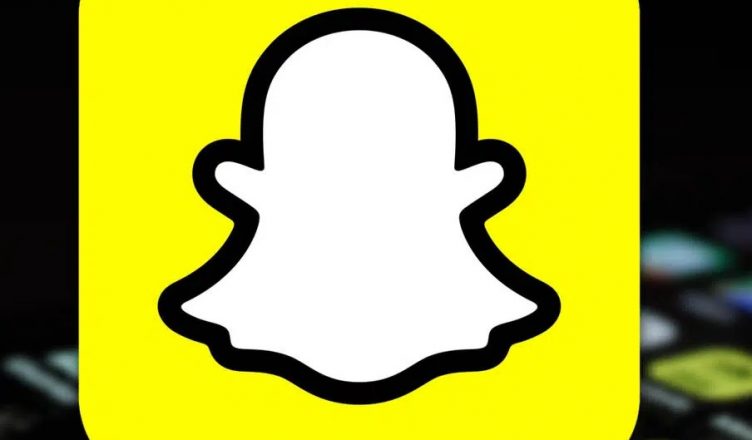The social media app snapchat has re-emerged as a popular app amongst our students and with that has come some problems. Social Media use is at the prerogative of families, but, when problems happen online, come to school and start impacting wellbeing or learning we get involved.
This post is long, and the links contained are even longer, but we ask you to take the time to read the information.
Snapchat, and most social media platforms, have a minimum age of 13. In primary school, we should not have any students on these platforms. To access this platform, subscribers need to enter details such as age, therefore students have given misleading information when setting up their profile. This is only the start of where problems can begin, as, the algorithms behind how the app’s work are basing information on the older age it believes the user to be.
There is a very common belief that anything on Snapchat “disappears” after it has been viewed by the receiving party. This is only true on a very surface level. The content, once online, is there forever. There are ways the receiver can often get the content back again. Alternatively, it is common practice that a receiver will screen capture or screen record what they have received. Snapchat now alerts the sender to the fact that this has happened but doesn’t prevent this from happening. At this point the sender has lost ALL control over what happens to their text/image/video. The receiver now has a copy that they can do anything with. If they send it on to even one more person, on any medium, that person can now share it as widely as they see fit and the vicious cycle begins.
Cyberbullying is a term that can be thrown around quite loosely, but, it is extremely real and extremely harmful. A common problem we see is a scenario like this;
Bill sends Mary a photo of Mark with a defamatory slogan across it thinking this will stay between Bill and Mary. Mary forwards it on to Jane. Jane shows Mark. Mark is highly embarrassed by this and reacts at school. Mark’s wellbeing is heavily impacted, as is his behaviour and ultimately his learning by no direct fault of his own. This is Cyberbullying.
We have previously shared amazing factsheets on various apps created by the Carly Ryan Foundation, please have a read of the Carly Ryan Fact Sheet.
“Out of the Box” Snapchat lacks privacy. It is highly recommended that anyone on the platform customises their privacy settings to suit them. For example, by default, your live location is being shared – a really big concern for students in particular. Please also take time to read the official Snapchat Parent Guide and as a minimum change your child’s privacy settings to suit you.
Recently Snapchat has also released a new Family Center, Snapchat’s first delve into parental controls. This feature aids you in your visibility into who your child is communicating with on Snapchat. It allows you to see who is in the friends or contact list and have conversations about who they are communicating with online. Please have a look at the Snapchat Family Center help article for more information on how to use this new feature. For your convenience the videos from this article are also below if you prefer to watch them than read more.
During the video it talks about Teens only showing up in limited searches, remember, this is only true if the age in their profile is set correctly.
Finally, we hope this opens up the conversation with your child about responsible online communication and that all interactions they have in the online space can be positive and friendly.

